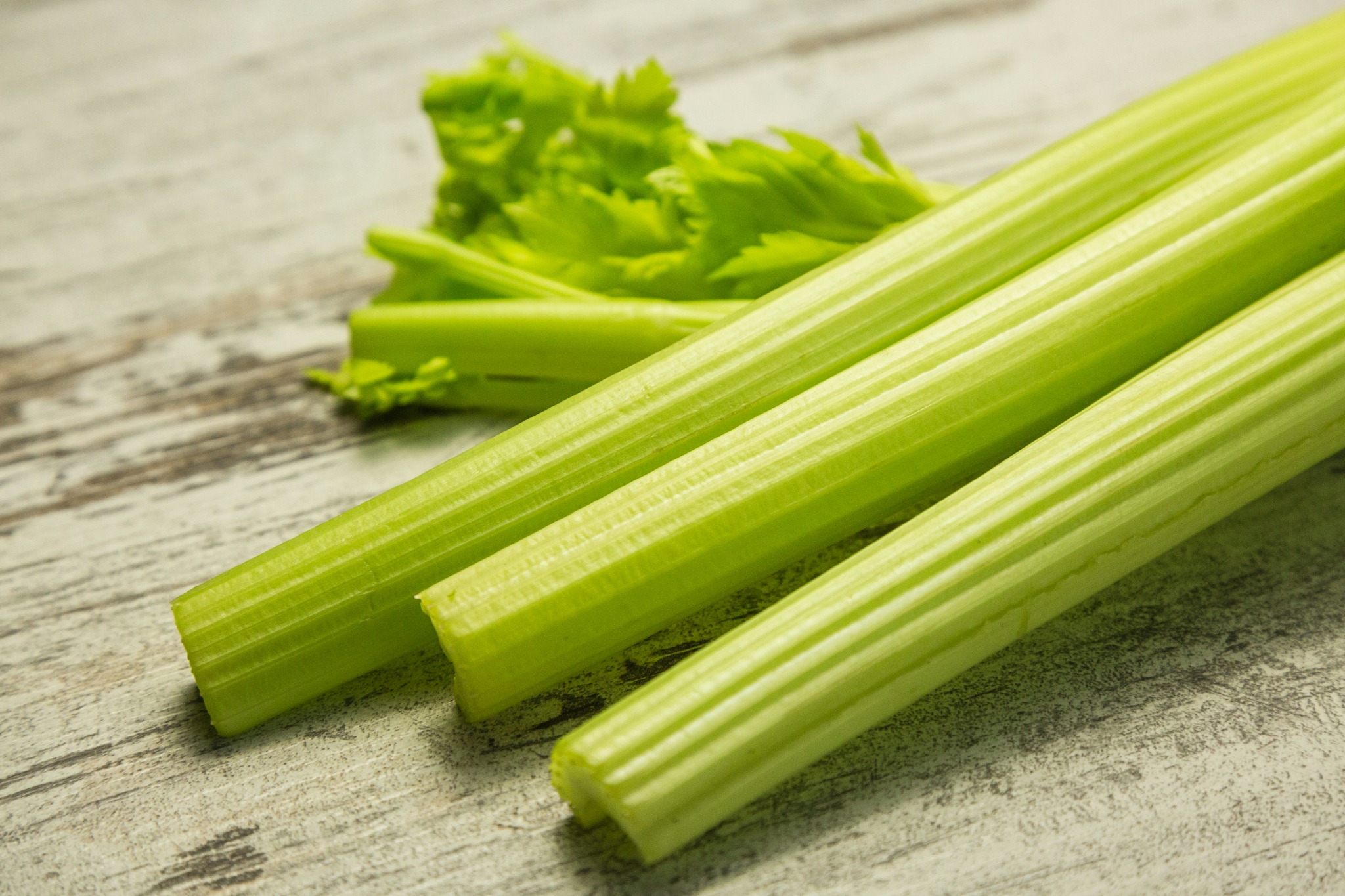
Celery Allergy
Allergy to celery is less common in the UK than some other food allergies, but reactions can sometimes be serious. If you suspect you may have a celery allergy, it’s important to speak to your GP.
Overview
Celery allergy happens when the body’s immune system mistakes celery proteins as harmful, releasing chemicals like histamine that cause symptoms. Reactions can happen to any part of the celery plant, including:
- Celery sticks
- Celery leaves
- Celery spice or salt
- Celery seeds
- Celery root (celeriac)
Pollen food syndrome
Many celery reactions in the UK are linked to pollen food syndrome. This happens because proteins in celery are similar to those in certain pollens. It usually affects people with hay fever and causes reactions when raw celery is eaten. Most people can tolerate cooked celery in this case, as heat destroys the proteins. However, if your allergy is not pollen‑related, you may still react to cooked celery.
Symptoms
Mild to moderate symptoms can include:
- Itching or swelling of lips, mouth, throat or ears
- Hives (itchy rash)
- Stomach pain, nausea or vomiting
- Runny nose, sneezing or itchy eyes
Severe reaction (anaphylaxis) may include:
- Airway: throat or tongue swelling, hoarse voice, difficulty swallowing
- Breathing: wheeze, shortness of breath
- Circulation: dizziness, faintness, pale clammy skin, collapse
Who is at higher risk?
- Previous serious reaction
- Asthma, especially if not well controlled
- Reactions to cooked celery
- Reactions to very small amounts of celery
Treatment
Mild symptoms may be treated with antihistamines. If you are at risk of anaphylaxis, you should carry two prescribed adrenaline auto‑injectors (such as EpiPen® or Jext®) and know how to use them. Always call 999 in an emergency.
Avoiding celery
Once diagnosed, you will need to avoid celery and any foods that contain it. In the UK, celery is one of the 14 major allergens, so it must be clearly highlighted on ingredient labels. Always check labels carefully, as recipes and ingredients can change. Eating out carries a risk of cross‑contamination, so make staff aware of your allergy every time.
Foods that may contain celery
Some foods contain obvious celery, like raw sticks or celeriac, but many others include it in less obvious forms such as celery salt or juice. Common examples include:
- Soups and stews
- Sauces and gravies
- Stocks, bouillons and seasonings
- Salads
- Tomato juice
- Sandwiches
- Crisps
- Spice mixes
- Marmite
- Batter for frozen foods
- Some cured bacon
Helpful Products
Some links may be affiliate. We only recommend products we believe in.
Important to know
- If you suspect celery allergy, ask your GP for referral to an allergy clinic.
- Carry prescribed medication at all times.
- Tell restaurants and caterers clearly about your allergy.
- Keep asthma well controlled, as this can make reactions more serious.
